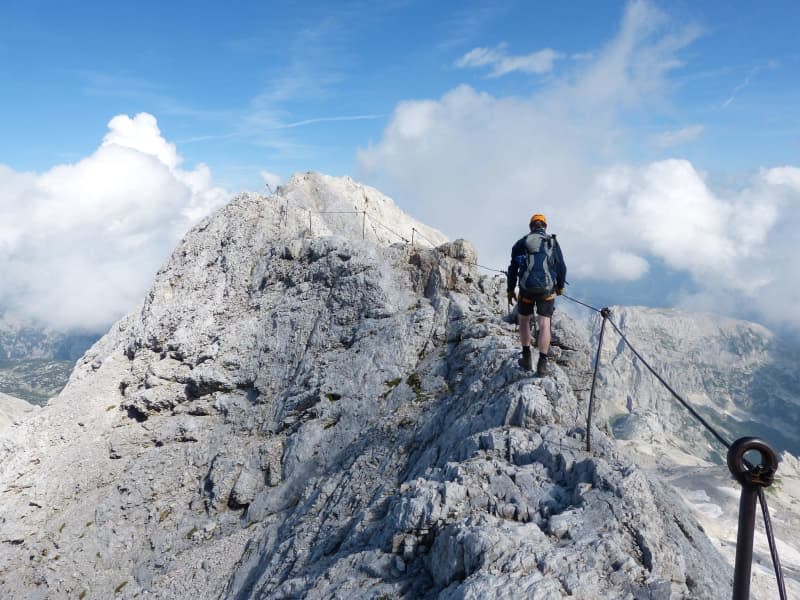Altitude sickness: Don't let it spoil your mountain high

The view is breathtaking, and so is the thin air. Mountain climbers have to deal with difficult conditions at high altitudes, and sometimes can get altitude sickness.
It occurs when your body doesn’t have enough time to adjust to lower oxygen levels, with symptoms including headache, fatigue, nausea and vomiting. In severe cases it can be life-threatening, causing your lungs to fill with fluid or your brain to swell.
There are ways to prevent altitude sickness though, the most fundamental being: Don't ascend too high too fast. Proper preparation can also help you to stay healthy on a mountain.
Plan your climb so that you can gradually adapt to the high altitudes, advises Franz Güntner, spokesman for the German Alpine Club (DAV). You can do this, for example, by taking on a lower peak first, sleeping at an altitude below that and then ascending somewhat higher the next day.
"You don't start straight away with the highest peak, the goal of your mountaineering week," Güntner says.
You should also consider any previous experiences with high altitudes. "Maybe you've already done some mountaineering and know you don't tolerate higher elevations very well," he says, pointing out that tolerance varies from person to person and is unrelated to general physical fitness.
Special training can help, especially if you're planning a very high climb and won't have much time to get acclimated on-site.
You can acclimate your body to low oxygen levels while still at home with an altitude tent, according to Dr Eike Plazikowski, executive board member of the German Society for Mountain and Expedition Medicine (BExMed).
"It looks a little like an aquarium, and you sleep with your head in it," he explains. A generator outside the tent removes some of the oxygen from the ambient air and pumps it into the tent, creating a low-oxygen environment. "You very gradually decrease the oxygen concentration over several nights."
During the day, you can train for your climb by wearing a face mask to reduce your oxygen intake, for instance while you pedal a bicycle ergometer.

